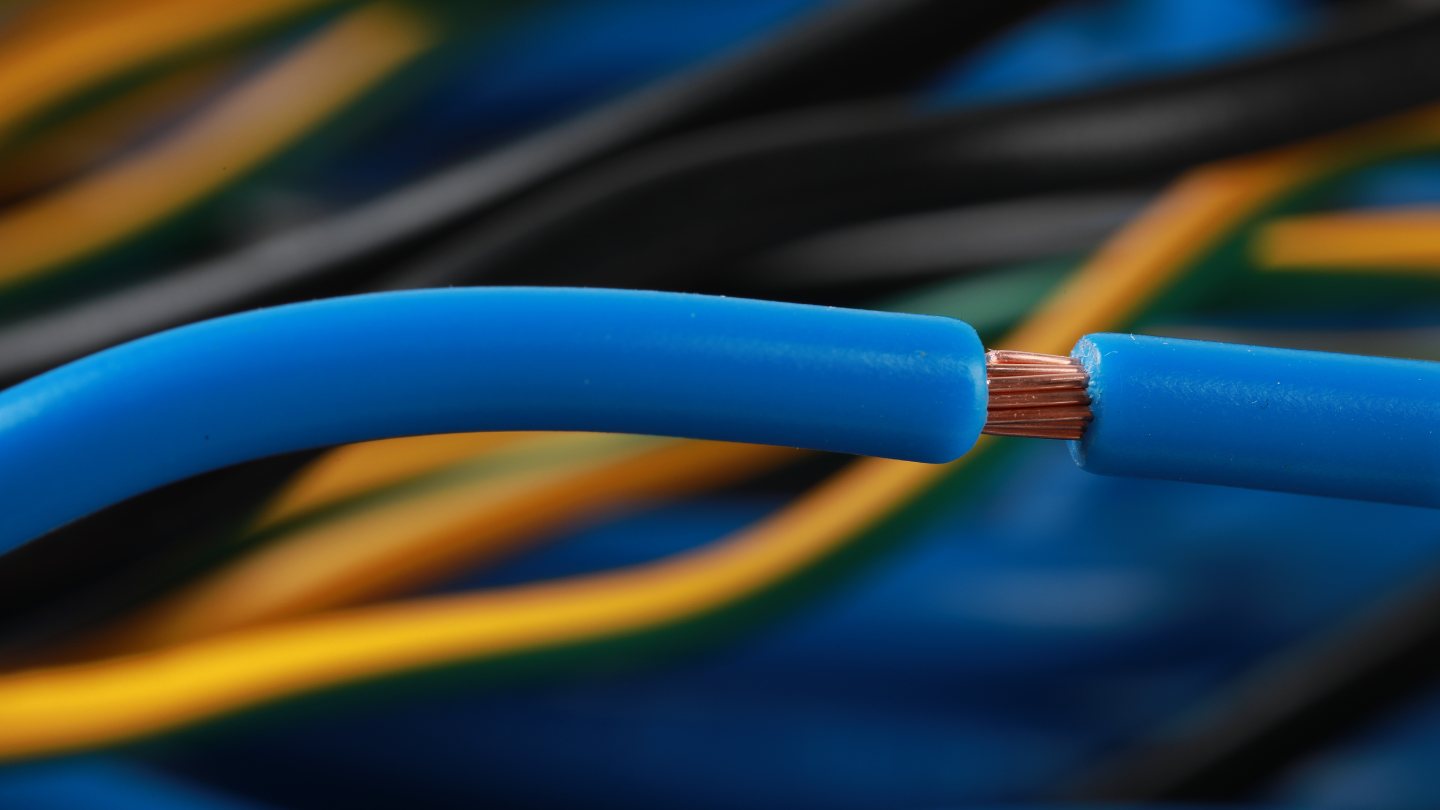

Articles
What Is Blue Electrical Wire Used For
Modified: August 16, 2024
Discover the various uses and applications of blue electrical wire in this informative article. From residential wiring to industrial installations, learn everything you need to know about blue wire.
(Many of the links in this article redirect to a specific reviewed product. Your purchase of these products through affiliate links helps to generate commission for Storables.com, at no extra cost. Learn more)
Introduction
Electrical wiring is a crucial component of any building infrastructure, ensuring the safe and efficient flow of electricity. Within the vast array of electrical wiring available, one particular type stands out – the blue electrical wire. This distinctive wire takes on a unique role in various electrical installations and has specific applications that make it essential for different purposes.
In this article, we will explore the world of blue electrical wire, its uses, and why it is an integral part of many electrical systems. We will delve into its significance in residential, commercial, and industrial settings, as well as its relevance in data and communication systems. Additionally, we will discuss other unexpected uses of blue wire that may surprise you.
By the end of this article, you will have a comprehensive understanding of blue electrical wire and its versatile applications, shedding light on the importance of this seemingly ordinary but essential component in electrical installations.
Key Takeaways:
- Blue electrical wire, often associated with its role as a neutral wire in electrical systems, is crucial for ensuring safety and efficiency in residential, commercial, and industrial settings, as well as in data and communication systems.
- Beyond its traditional electrical applications, blue wire showcases its versatility in unexpected uses, from artistic installations to temperature sensors and even gardening projects, highlighting its creative potential and unique utility.
Read more: What Is The Blue Wire For On A Ceiling Fan
Understanding Blue Electrical Wire
Blue electrical wire is a specific type of wire used in electrical systems that serves a distinct purpose and carries a specific voltage. It is typically identified by its blue-colored insulation. The color-coding of electrical wires helps electricians and individuals easily identify the purpose and voltage level of each wire within a system, reducing the risk of confusion or accidents.
In most electrical systems, blue wire is used to signify the presence of a neutral wire. The neutral wire is an essential component of the electrical circuit, providing a return path for electric current and completing the circuit loop. It typically carries current back from the load or electrical device to the electrical panel or power source.
The use of color-coded wires in electrical systems is not only for convenience but also for safety reasons. Different voltages and functions require specific wire colors to distinguish them clearly. In this regard, blue electrical wire plays a crucial role in maintaining electrical safety and ensuring proper wiring practices.
It is essential to note that the color-coding of wires may vary in different regions or countries. Always refer to the appropriate electrical codes and standards in your area to determine the correct color-coding for wires in your electrical system.
Additionally, blue wire is typically used in alternating current (AC) systems. AC is the most common type of electrical power used in homes, buildings, and industries, where the direction of the electrical current periodically changes. The neutral wire, represented by blue, is crucial for the safe and efficient operation of AC electrical systems.
Now that we have a basic understanding of blue electrical wire and its purpose as a neutral wire in electrical systems, let’s explore its various applications and why it is essential in different settings.
Electrical Safety and Blue Wire
Electrical safety is of paramount importance in any electrical system, and the use of blue wire contributes to ensuring a safe and secure electrical infrastructure. The proper installation and identification of wires, including the use of color-coding, are vital for preventing electrical accidents, minimizing the risk of electrical shocks, and maintaining optimal system performance.
By designating blue as the color for neutral wires, it becomes easier to distinguish them from other wires within a system. This clear identification helps electricians and maintenance personnel troubleshoot electrical problems, perform repairs, and conduct routine inspections with precision and efficiency.
Furthermore, the correct installation and connection of the blue wire ensure the proper functioning of grounding systems. The neutral wire, often connected to the grounding system, provides an additional layer of safety by diverting any unwanted electrical current to the ground. This helps in preventing electrical shocks and reducing the risk of electrocution.
It is crucial to follow electrical codes and safety standards when handling electrical wiring, including the appropriate insulation, grounding, and connection of wires. This ensures that the blue wire, as well as other wires within the system, are correctly installed, and the electrical circuit is functioning safely and efficiently.
Regular inspection and maintenance of electrical systems are also essential for identifying and resolving any potential issues with the blue wire or other components. This helps in preventing electrical hazards, such as short circuits or electrical fires, which can result from faulty wiring or improper installations.
Remember, electrical work should always be performed by qualified professionals who have the knowledge and expertise to handle electrical systems safely. Any modifications or repairs to the electrical infrastructure should be carried out in accordance with electrical codes and regulations to ensure the utmost safety.
Next, let’s explore the specific applications of blue wire in residential, commercial, and industrial settings, highlighting its significance in each context.
Residential Applications of Blue Wire
Blue electrical wire finds numerous applications in residential settings, where it plays a crucial role in ensuring the safe and efficient distribution of electricity throughout the household.
One of the primary uses of blue wire in residential wiring is for lighting circuits. Light fixtures and switches often require a neutral wire connection to complete the circuit and provide a return path for the electric current. The blue wire serves this purpose, ensuring that lighting fixtures operate effectively and safely in residential spaces.
Additionally, blue wire is used for various other residential electrical applications, such as powering outlets and appliances. Most electrical outlets in homes require a neutral connection to supply power to devices. The blue wire serves as the neutral conductor, allowing for the safe distribution of electricity to outlets and appliances.
Furthermore, blue electrical wire is commonly used in residential wiring for general purpose circuits. These circuits power multiple electrical devices and outlets within a specific area or room. The neutral wire, identified by its blue insulation, forms an integral part of these circuits, providing the necessary return path for electrical current and ensuring the stable and reliable operation of electrical systems.
In some cases, blue wire may also be used for specific residential applications, such as intercom systems, security systems, and doorbell wiring. These low-voltage systems may require a neutral wire connection, and the use of blue wire ensures proper functionality and compatibility with other components of the system.
It is important to note that the specific wiring requirements and standards may vary depending on the region or country. Always consult local electrical codes and regulations to ensure compliance and safety when working with blue wire or any other electrical wiring in residential settings.
Now that we have explored the residential applications of blue wire, let’s move on to its significance in commercial and industrial contexts.
Commercial Applications of Blue Wire
Blue electrical wire plays a vital role in commercial settings, where it facilitates the safe operation of various electrical systems and devices. From office buildings to retail establishments, blue wire is utilized in several applications to meet the unique electrical requirements of commercial spaces.
One of the primary applications of blue wire in commercial settings is for lighting systems. Just like in residential applications, commercial buildings require efficient and reliable lighting. The blue wire is integral to lighting circuits, providing the necessary neutral connection for a balanced electrical current flow to lighting fixtures throughout the building.
In addition to lighting circuits, blue wire is commonly used for general power distribution in commercial spaces. From outlets to electrical panels, the blue wire serves as the neutral conductor for powering devices and equipment. It ensures a stable and safe flow of electricity, enabling the smooth operation of various commercial appliances and systems.
Moreover, blue wire finds applications in HVAC (Heating, Ventilation, and Air Conditioning) systems in commercial buildings. These systems often require neutral wire connections for proper functioning. The use of blue wire in HVAC systems helps maintain optimal temperature control and air quality in commercial spaces.
Furthermore, blue wire may be used for data and communication systems in commercial settings. These systems, such as Ethernet or network wiring, often require neutral connections alongside other wires for transmitting data signals. Blue wire allows for efficient data transfer and ensures the integrity of communication networks.
Another essential application of blue wire in commercial settings is for emergency lighting systems. These systems are crucial for providing illumination during power outages or emergencies. The blue wire, as part of the emergency lighting circuit, allows for the safe and reliable operation of emergency lights, ensuring the well-being and safety of occupants in commercial buildings.
It is worth mentioning that the specific applications of blue wire in commercial settings may vary depending on the nature of the establishment and the electrical requirements. Compliance with local electrical codes and regulations is essential to ensure the proper installation and use of blue wire in commercial applications.
Now let’s dive into the industrial applications of blue wire, highlighting its importance in industrial settings.
Blue electrical wire is typically used as the “hot” wire in a three-way switch configuration, where it carries the electrical current between the switches and the light fixture. It is important to always follow local electrical codes and guidelines when working with electrical wiring.
Read more: What Kind Of Electrical Wire To Use Outside
Industrial Applications of Blue Wire
In industrial settings, blue electrical wire plays a critical role in powering and maintaining various electrical systems and equipment. From manufacturing plants to warehouses, the use of blue wire is essential for the safe and efficient operation of industrial facilities.
One of the primary applications of blue wire in industrial settings is for motor circuits. Industrial machinery and equipment often require powerful electric motors to drive their operations. The blue wire is used as a neutral conductor in these motor circuits, enabling the reliable and controlled flow of current to power the motors.
Additinally, blue wire is utilized for control wiring in industrial automation systems. These systems rely on precise control signals to operate machinery and processes. The blue wire, as a neutral conductor, assists in the transmission of control signals, ensuring the smooth and accurate control of industrial automation systems.
Moreover, blue wire finds applications in industrial lighting systems. Illumination is crucial in industrial facilities to provide a safe and well-lit working environment. The blue wire acts as the neutral conductor in lighting circuits, allowing for the efficient distribution of electricity to industrial lighting fixtures and ensuring adequate lighting levels throughout the facility.
Additionally, power distribution within industrial facilities involves the use of blue wire for general-purpose circuits. These circuits power various electrical devices, outlets, and equipment within the facility. The blue wire provides the necessary neutral connection to complete the electrical circuit, facilitating the stable and safe operation of industrial systems.
Furthermore, blue wire may be used in industrial control panels and electrical cabinets. These panels house electrical components and controls that manage and regulate the operation of industrial systems. The blue wire, as part of the wiring within these panels, helps distribute power and ensure the proper functioning of the controls and components.
It is important to note that industrial applications may require specialized wiring and control systems, adhering to specific industry standards and regulations. Proper installation, maintenance, and compliance with safety regulations are crucial to ensure the safe and efficient use of blue wire in industrial settings.
Next, we will explore the significance of blue wire in data and communication systems, highlighting its role in transmitting information reliably and securely.
Blue Wire in Data and Communication Systems
In the world of data and communication systems, blue wire plays a significant role in ensuring the reliable transmission of information and maintaining the integrity of communication networks.
One of the primary applications of blue wire in data and communication systems is for Ethernet or network wiring. Ethernet cables, commonly known as Cat5e or Cat6 cables, are used to connect devices and establish network connections. These cables consist of four pairs of wires, one of which is designated as the blue wire pair. The blue wire within the Ethernet cable carries the crucial data signals, allowing for high-speed communication between devices and ensuring the seamless transfer of digital information.
Moreover, blue wire is used for the termination and connection of modular jacks, commonly found in data and communication systems. Modular jacks, also known as RJ45 jacks, are used to connect Ethernet cables to devices such as computers, routers, and switches. The blue wire in these connections serves as an integral part of establishing a secure and reliable connection, enabling efficient data transfer between devices.
Furthermore, blue wire is used in other communication systems, such as telephone and intercom wiring. In these systems, the blue wire serves as a neutral conductor alongside other wires, allowing for the transmission of voice signals and ensuring clear and uninterrupted communication.
It is worth mentioning that the proper termination, connection, and management of blue wire and other wires in data and communication systems are essential for optimal performance. Adherence to industry standards and guidelines is crucial to maintain signal integrity, reduce interference, and achieve reliable data transmission.
Now that we have explored the significance of blue wire in data and communication systems, let’s delve into some unexpected uses of blue wire that may surprise you.
Note: The specifics of data and communication systems may vary depending on the technology used and the industry standards in place. Always follow the recommended practices and guidelines specific to your system.
### HTML
Other Uses of Blue Wire
While blue electrical wire is commonly associated with its applications in electrical systems, it has other unexpected uses beyond the realms of traditional wiring. Let’s explore some of the lesser-known applications where blue wire finds its utility.
- Artistic Installations: Blue wire can be used as a creative element in art installations and sculptures. Its distinctive color can add aesthetic appeal and make the artwork visually striking.
- Temperature Sensors: Blue wire can be employed as part of temperature sensors in various industries. The wire’s insulation material and electrical properties allow for accurate temperature monitoring and control in different applications.
- Fiber Optics: In certain fiber optic systems, blue wire may be utilized as a protective cover or sheath for optical fibers. It helps safeguard the fragile fibers and ensure their optimal performance in transmitting data over long distances.
- Tagging and Identification: Blue wire can be used for tagging and identification purposes in various contexts. Its bright color makes it easier to locate, label, and identify specific wires within complex wiring systems.
- Gardening and Landscaping: Blue wire can be employed in gardening and landscaping projects as a support structure for plants and vines. Its flexibility and durability make it a suitable choice for creating trellises or securing branches.
- Crafts and DIY Projects: Blue wire can be utilized in DIY projects and crafts, adding a unique touch to creations. Its pliability allows for twisting, molding, and shaping into different forms to suit artistic visions.
These are just a few examples of the versatility of blue wire beyond its typical electrical applications. This showcases the creative potential and unique uses that can arise from exploring unconventional applications of common materials.
Remember, when repurposing blue wire for any unexpected use, always ensure that it does not compromise safety or violate any regulations. Proper handling, insulation protection, and adherence to appropriate standards are vital to maintain both functionality and safety.
Now that we have explored the various applications of blue wire, let’s conclude our discussion.
Conclusion
Blue electrical wire, with its distinct color and specific purpose, plays a vital role in various electrical systems and installations. From residential to commercial and industrial settings, blue wire serves as a crucial component for the safe and efficient flow of electricity.
We have explored the different applications of blue wire, starting with its significance as a neutral wire in electrical systems. Whether it is lighting circuits, general power distribution, or specific applications like intercom or security systems, blue wire ensures the reliable functioning of electrical systems in residential settings.
In commercial and industrial settings, blue wire continues to play a significant role. From powering lighting systems to facilitating general-purpose circuits and serving as the neutral conductor in motor and control wiring, blue wire is essential for the smooth operation of various electrical systems.
Blue wire also finds its utility in data and communication systems, where it helps transmit information reliably and securely. From Ethernet networks to telephone and intercom wiring, the blue wire ensures efficient communication between devices and the uninterrupted flow of voice and data signals.
Furthermore, blue wire’s applications extend beyond traditional wiring. It can be creatively used in art installations, serve as temperature sensors, act as protective covering for fiber optic cables, aid in tagging and identification, support gardening and landscaping projects, and even find its use in crafts and DIY projects.
In all its applications, safety and compliance with electrical codes and standards are paramount. Proper installation, maintenance, and handling of blue wire, along with adherence to electrical regulations, safeguard both the reliability of electrical systems and the safety of individuals working with or using them.
In conclusion, blue electrical wire is more than just a colored wire in electrical systems. It is a fundamental component that ensures the safe and efficient operation of various electrical installations. Its uses span across residential, commercial, and industrial settings, as well as in data and communication systems. Additionally, blue wire has unexpected applications that highlight its versatility and creative potential.
Understanding the significance of blue wire and its various applications broadens our appreciation for the intricate world of electrical systems and highlights the importance of this humble yet essential component.
### HTML
Now that you're up to speed on the roles of blue electrical wire, why not expand your know-how further? If you're considering extending power to your garage, mastering the basics of how to run overhead electrical wire to your garage will prove invaluable. On the other hand, knowing about what a neutral electrical wire is used for is crucial for understanding how your home's electrical system functions safely and efficiently. Dive into these articles next to ensure you're well-equipped to handle more electrical projects with confidence and ease.
Frequently Asked Questions about What Is Blue Electrical Wire Used For
Was this page helpful?
At Storables.com, we guarantee accurate and reliable information. Our content, validated by Expert Board Contributors, is crafted following stringent Editorial Policies. We're committed to providing you with well-researched, expert-backed insights for all your informational needs.
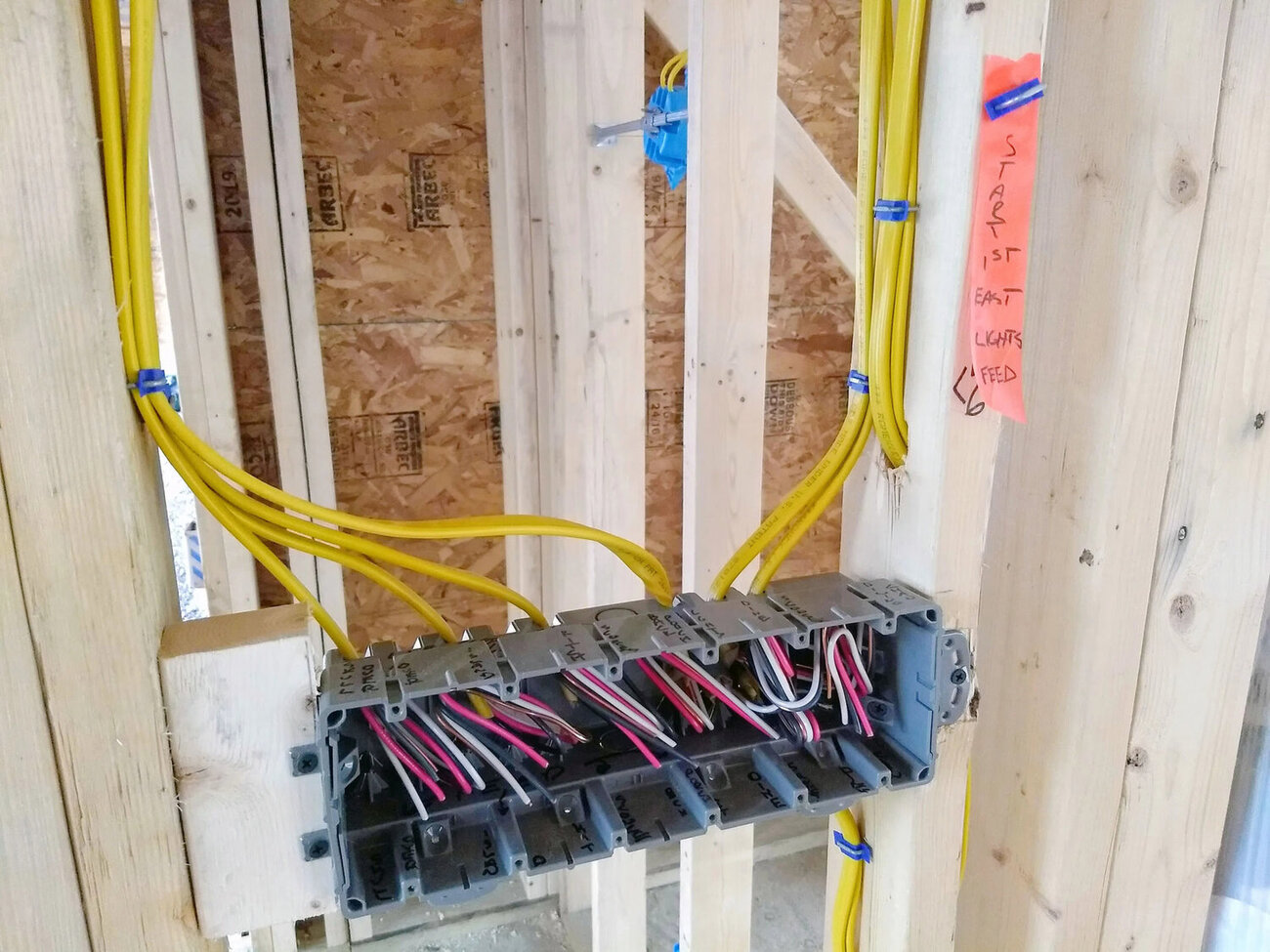



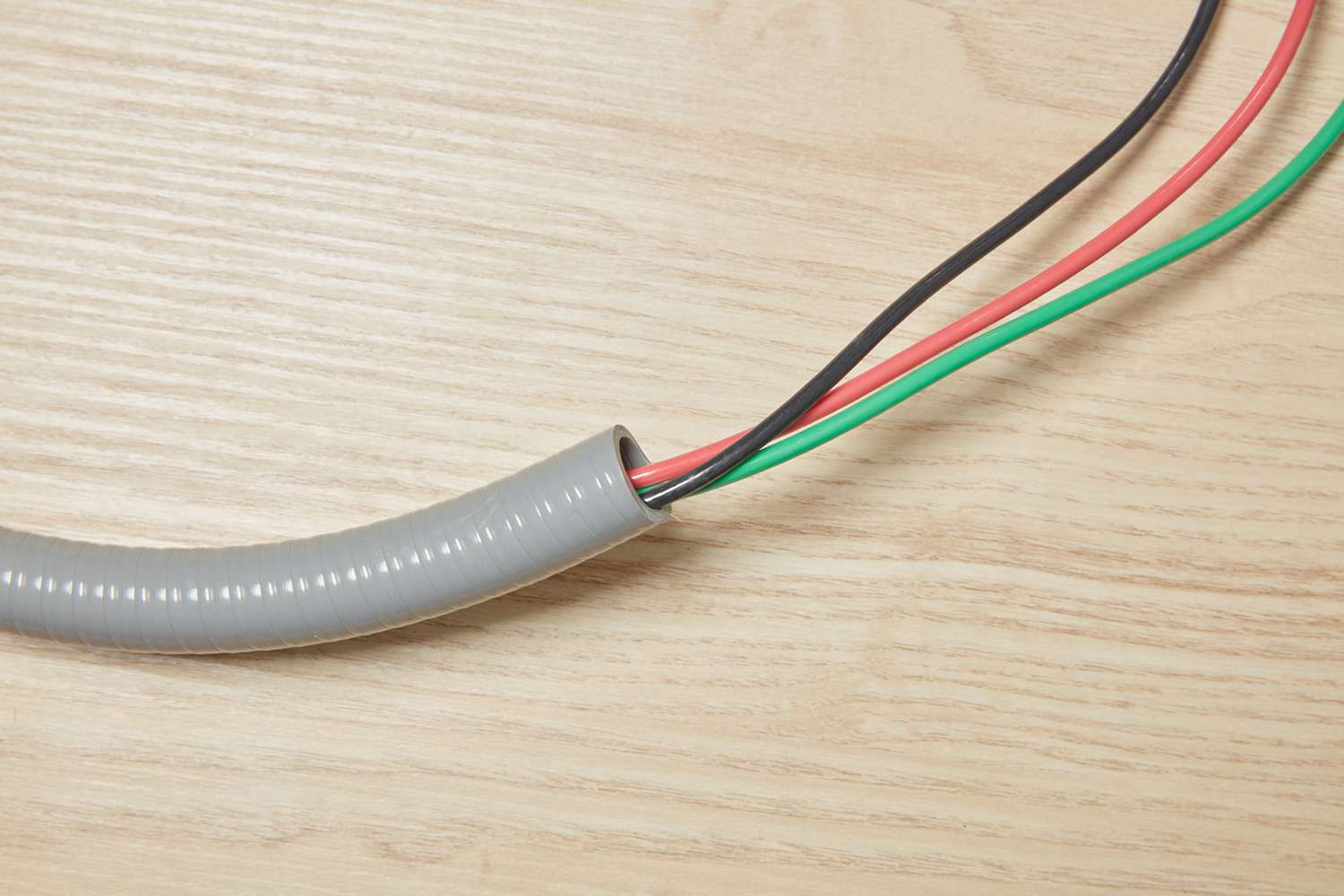
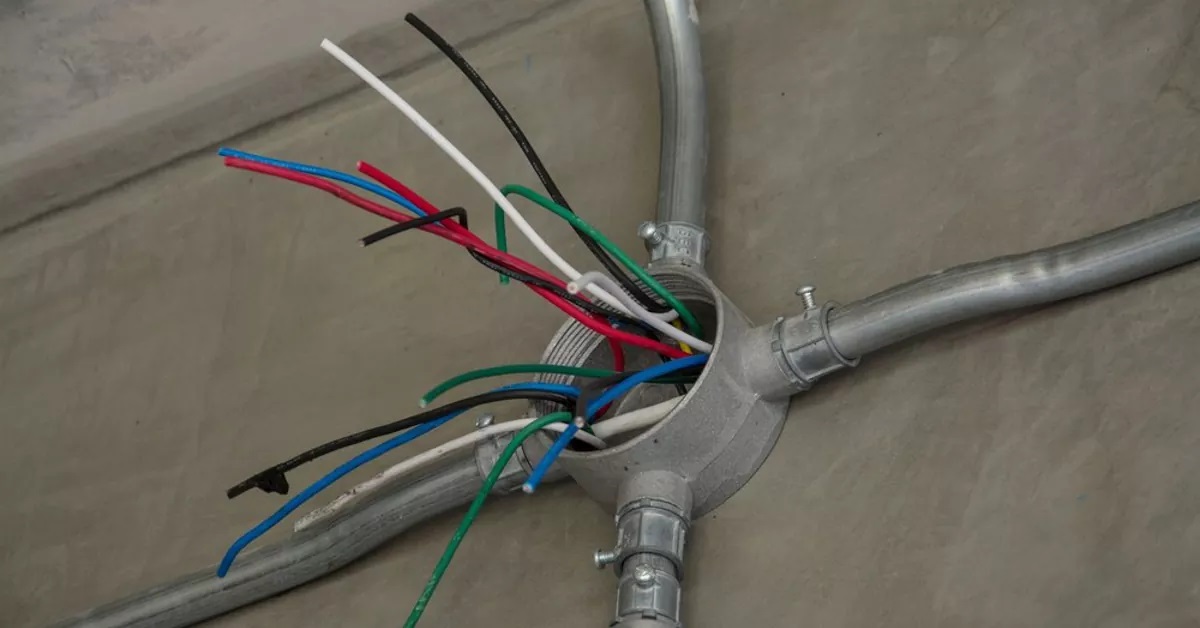

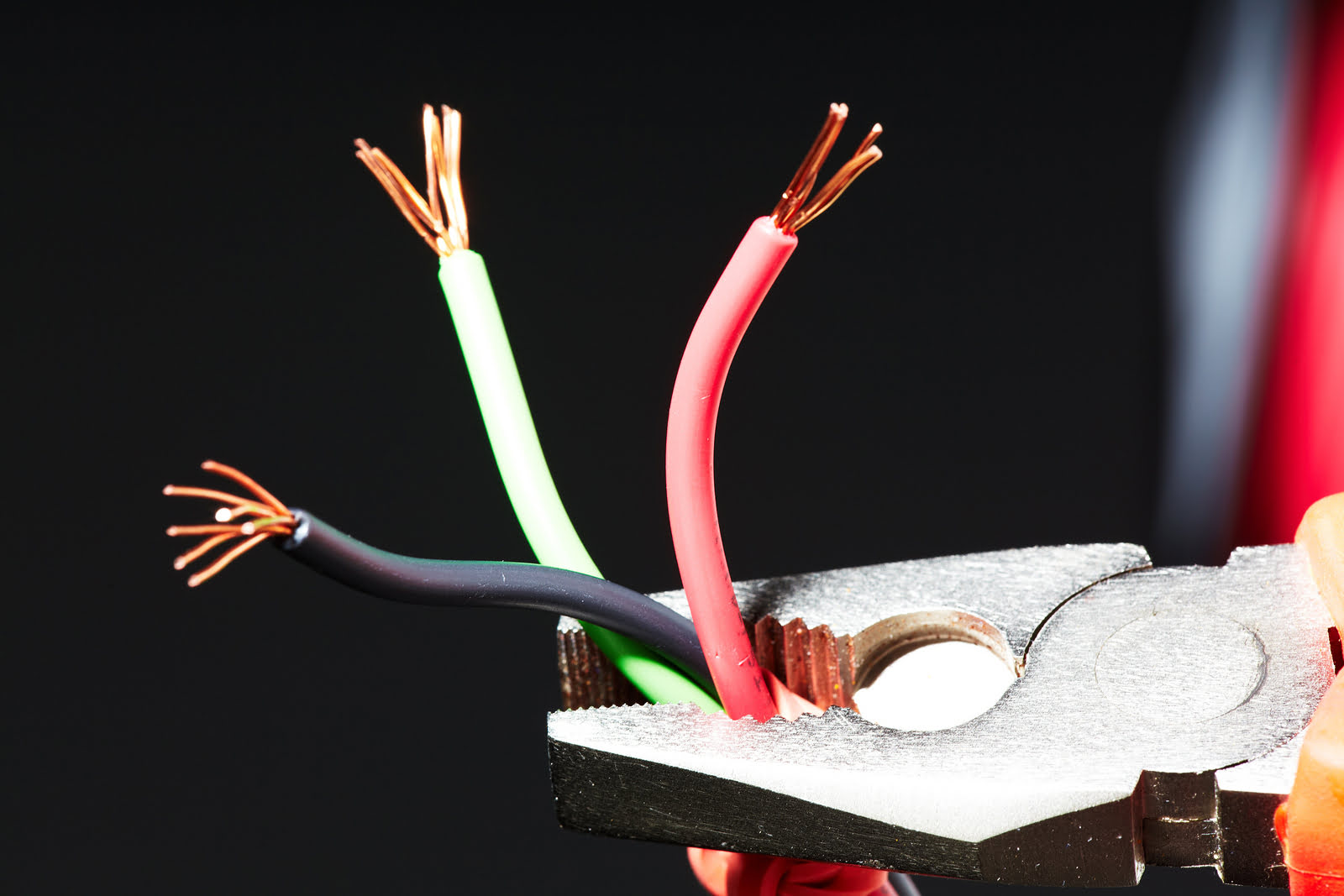
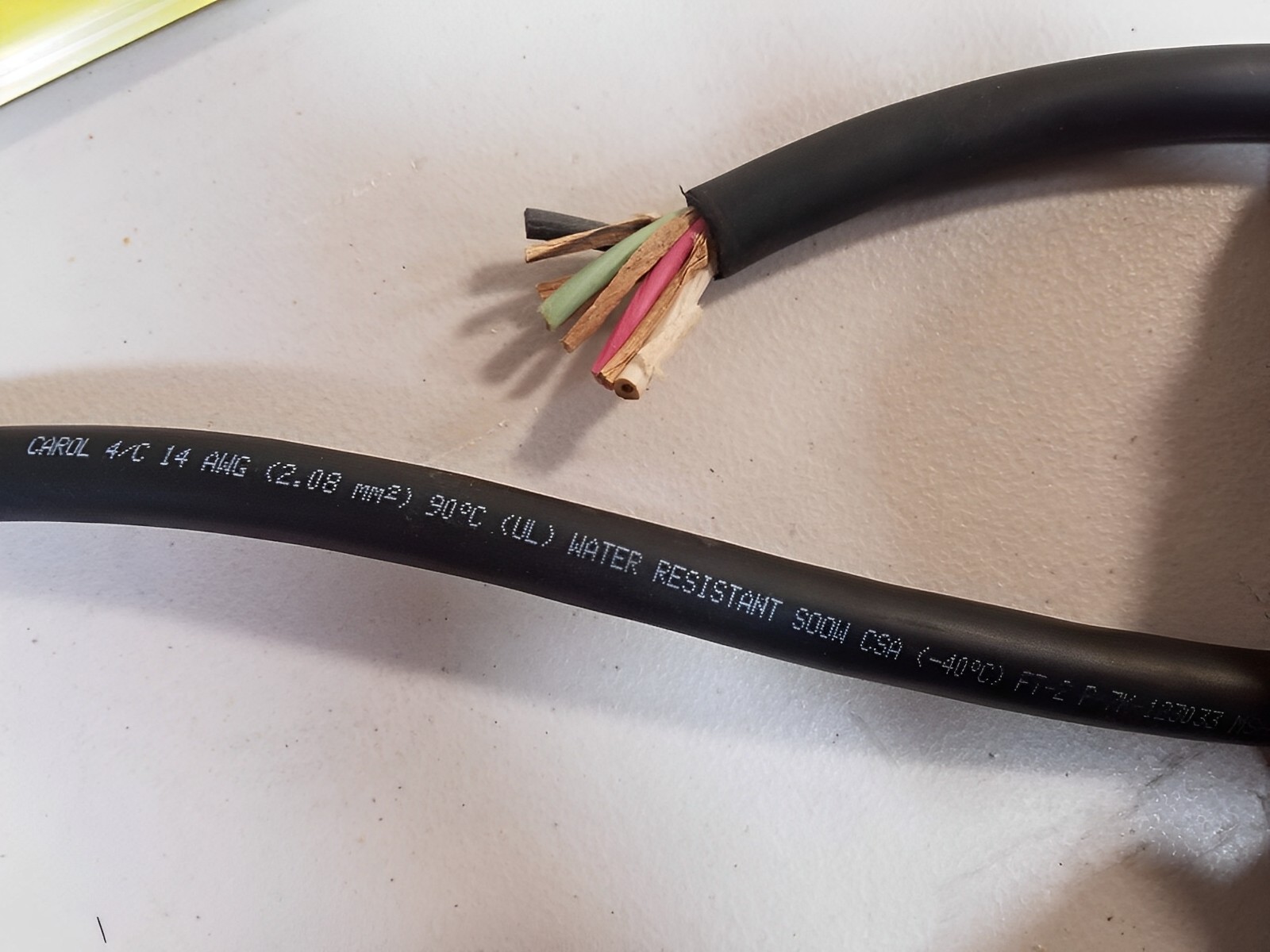

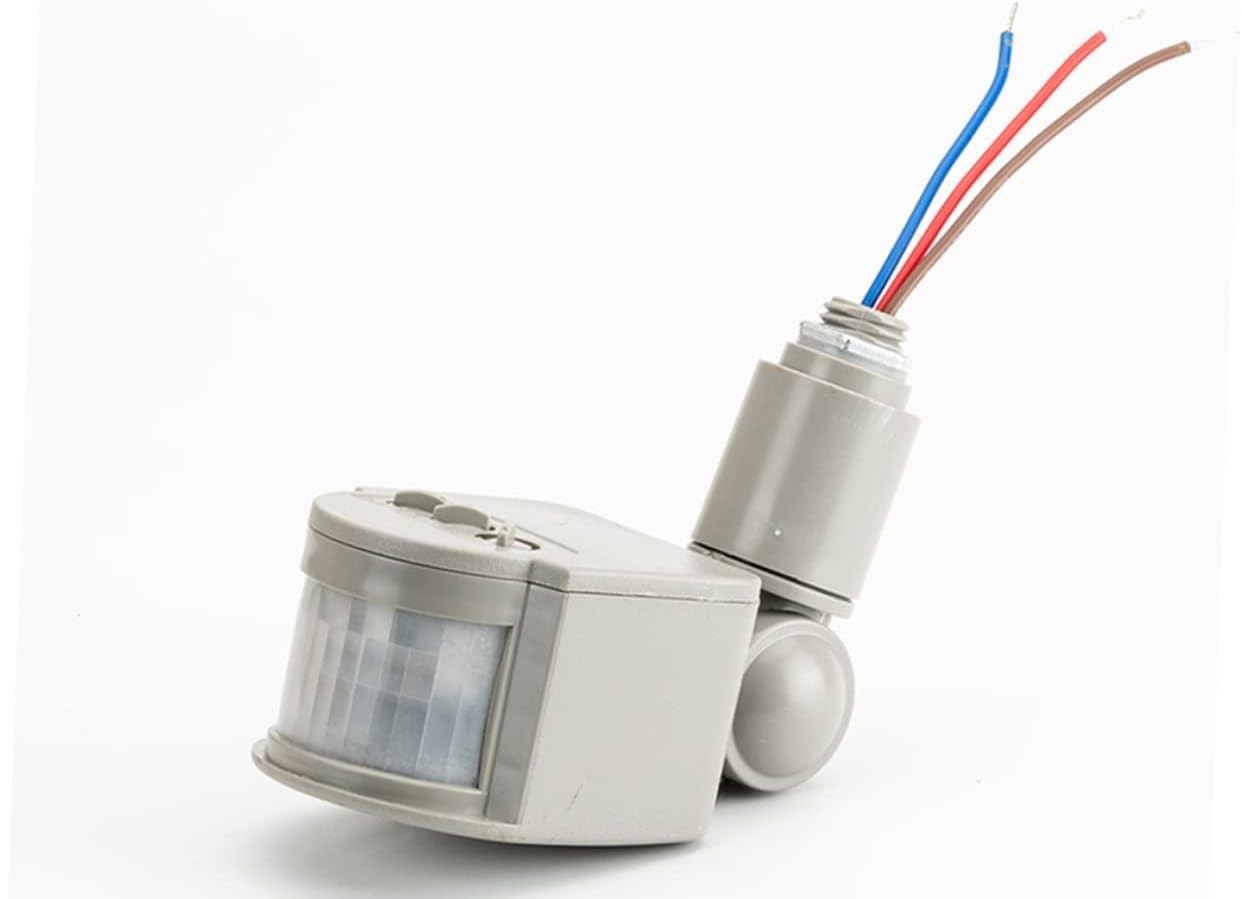
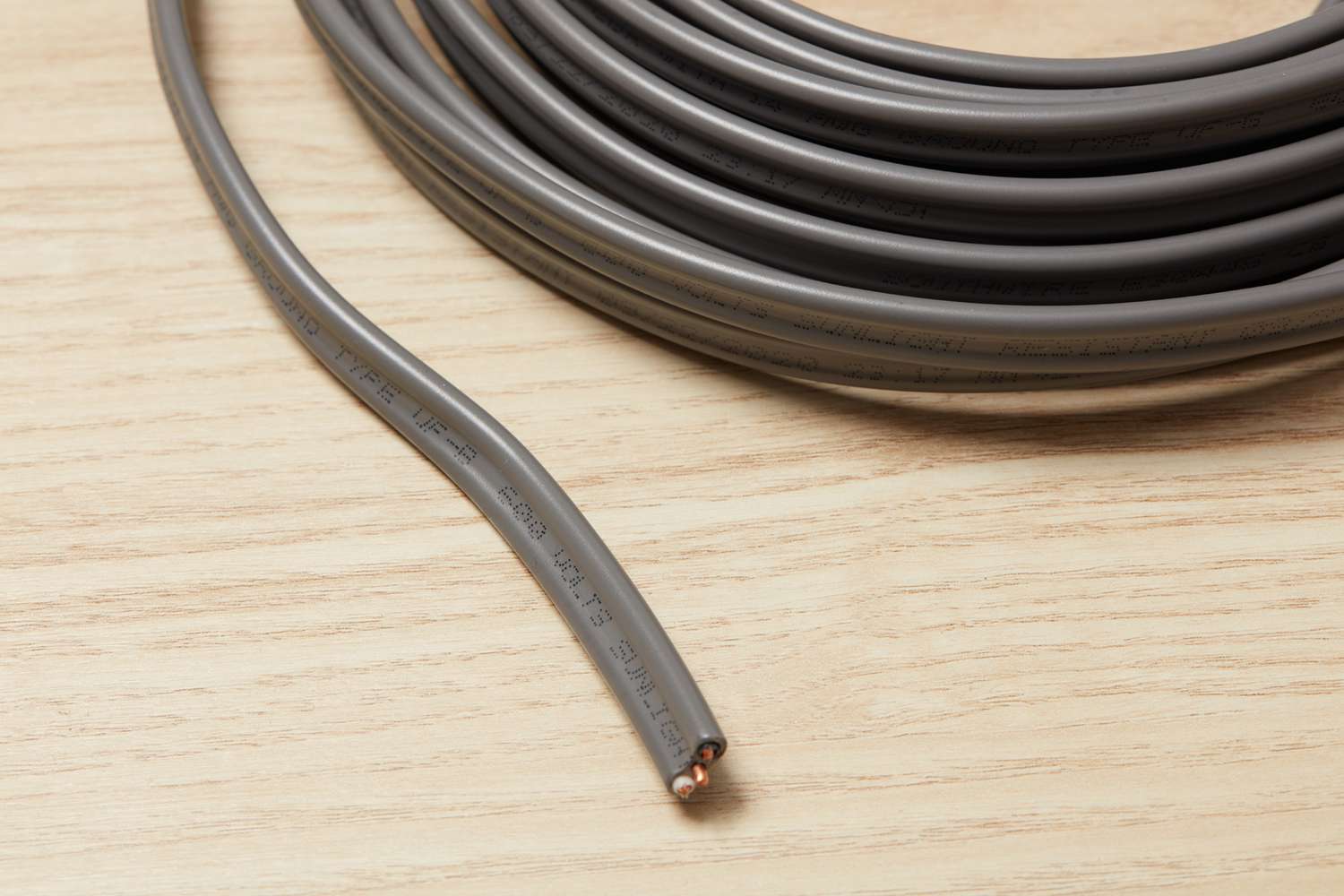
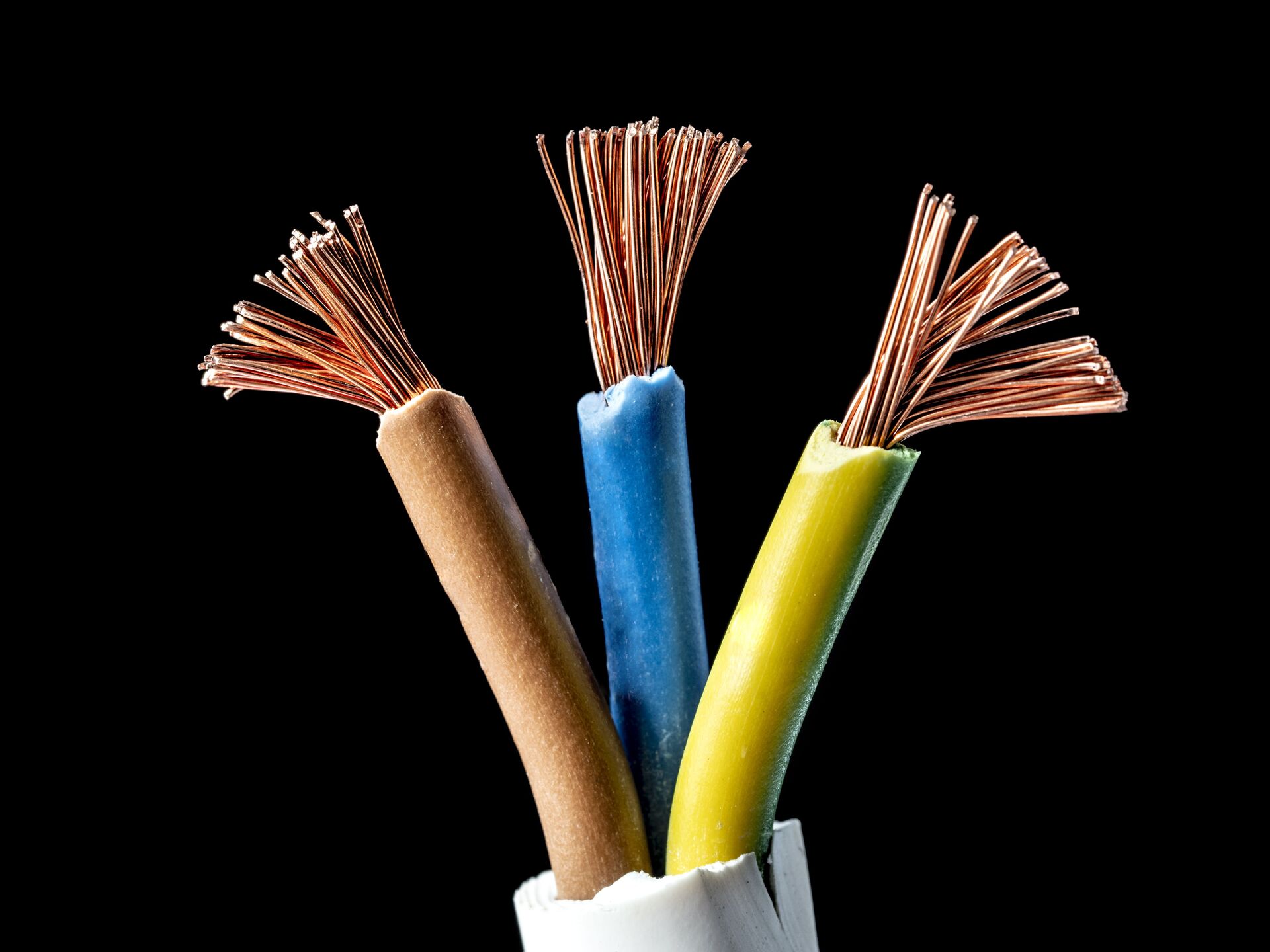


0 thoughts on “What Is Blue Electrical Wire Used For”